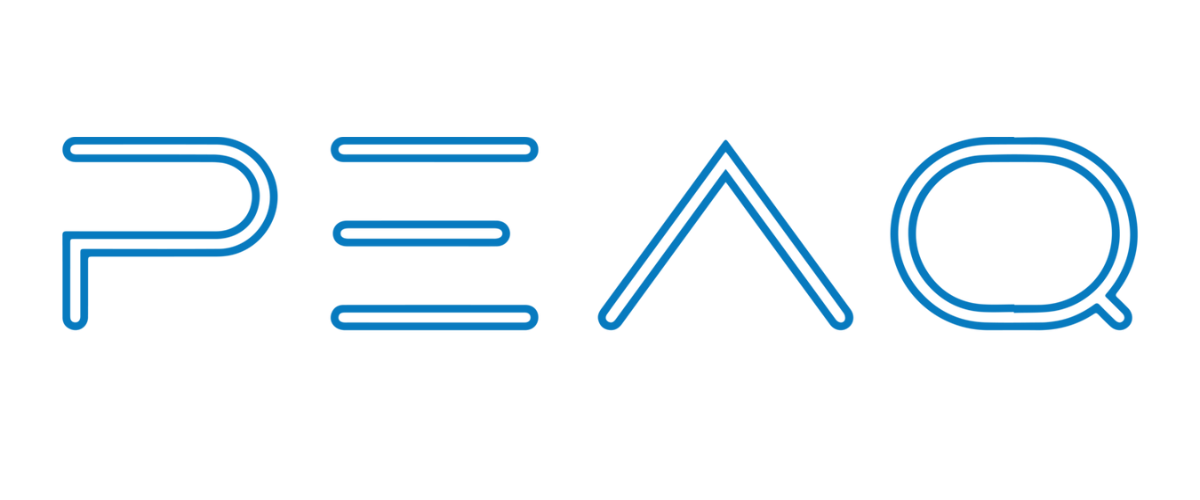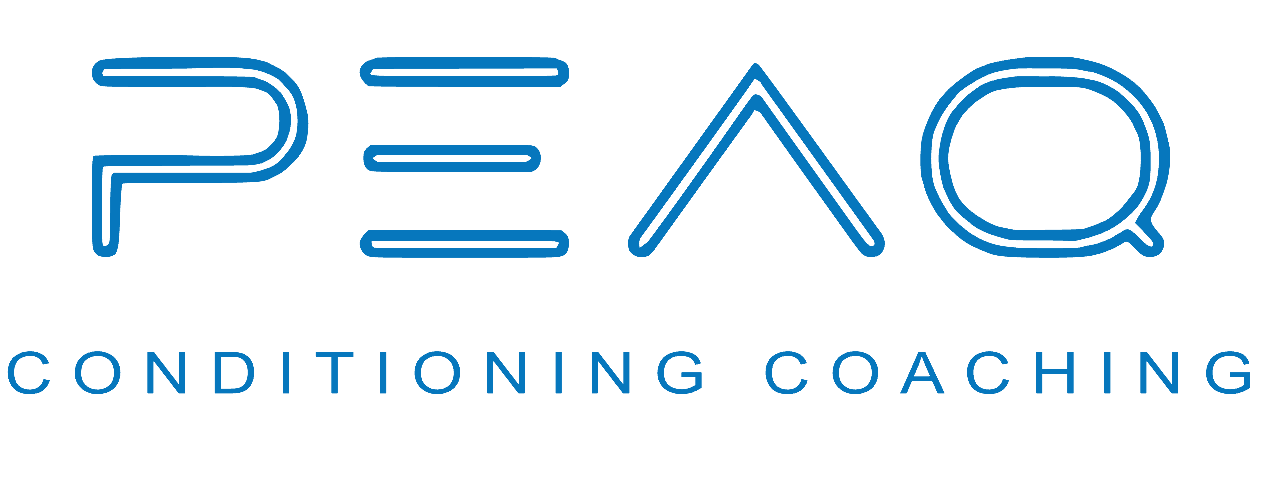Building an International Lacrosse Team from Adelaide
How PEAQ has helped prepare our Aussie Lacrosse team to take on the World Championships in July.
With essentially 2 months until the Women’s Lacrosse World Championships in Towson, Maryland, USA, closely followed by both the Men’s and Women’s World Games in Birmingham, Alabama, USA, we sat down with PEAQ Head Coach Sean Baker to reflect on the journey of building our Australian Women’s Lacrosse Team with players based across the country from PEAQ HQ in Adelaide.
“Training our Aussie Women’s Lacrosse team has been one of the longest, most challenging, yet incredibly rewarding physical preparations that I have ever been fortunate enough to have been a part of”, said Sean.
The uniqueness of this role being remote, within a lowly funded sport and with the addition of COVID, has helped Sean further diversify his skillset as a coach and is one he says he will certainly never forget.
Setting the Scene
When Sean opened PEAQ his vision was to ‘close the gap between local and elite’. He had envisaged that the vast majority of his member base would be weekend warriors from mainstream sports that he had been involved in previously, such as Aussie Rules Football, Cricket and Basketball. Sean’s aim was to manipulate and adapt the training principles that he had learned over the last decade, in order to be appropriate for all levels and abilities.
What Sean hadn’t imagined was that high end athletes from lowly funded sports would be attracted to the facility.
“They had a desire to be treated like an elite athlete, because that is essentially what they were, just with day jobs as well”, said Sean.
Due to the nature of their sporting organisations, these elite athletes are rarely, if ever, provided the same training opportunities as the highly funded sporting codes. A number of the women in the Australian Lacrosse Squad became members at PEAQ and over time Sean became more involved with their programming and supporting their training, providing some of the elite opportunities they had always wanted.
Inevitably these interactions led to a connection with the Head Coach of the Australian Lacrosse Team, Trish and Sean was eventually appointed Head of S&C for the Australian Lacrosse program.
Sean said, “Now that I had taken the reigns, it was time to evaluate what the athletes had been doing to this point and determine how I could assist in enhancing the professionalism and athleticism of the teams.”
Previously this squad had been provided an extensive PDF booklet that covered all warm up, lifting, conditioning and recovery protocol. The program itself was full of fantastic content and Sean is the first to commend the Coach that put it together but he identified some limitations of the program that were holding the team back.
Working out what to work on - How Sean broke down the training to rebuild a team.
The training program was written by a Coach that was located overseas, so there were often time delays in communication making it hard for Athletes to commit.
Because of the cultural differences, some of the terminology, the measurements and the loads outlined in the program were misunderstood leading to overtraining or undertraining for some athletes.
Aussie Lacrosse Athletes are based in a number of States across the Country. At any given time, the Club training and playing demands are drastically different. With the addition of this programming on top of their compulsory Club trainings, from week to week, Squad members were undertaking a random assortment of weekly loads. This could be problematic from an injury mitigation perspective, as well as having Athletes at varying levels of fatigue/preparedness when they united to undertake training camps and competition.
Getting to work on building a team
Once Sean identified some of the key areas that required a new approach, he was able to implement a number of measures to help the team come together as a unified, well-oiled group working towards a common goal, despite their geographical and life constraints.
TeamBuildr: Lacrosse Australia were extremely supportive in investing in the TeamBuildr App (programming ideology covered in Part 2 - coming soon!), in order to be able to provide programming, exercise videos, progress tracking, wellness monitoring and the ability to make quick adjustments for those who require individual needs.
SPT GPS Units: Again Lacrosse Australia was greatly responsive in assisting the squad members to acquire GPS units. These GPS units allowed Sean to provide positional ‘Total Distance’ and ‘Zone 6 Distance’ targets from week to week (more on this in Part 2, too!). This in turn helped to ensure that we had a clear idea of the load that each of our Athletes should be completing relative to their position, regardless of their location in the world.
Regular Zoom and Facebook live sessions to answer questions and to provide education around methodology and expectations.
Sean was able to set the foundations of a cohesive Strength and Conditioning program and get all the athletes working together.
In January 2020, the Sqaud came together for a Training Camp and Sean was able to use this opportunity to develop a standardised performance testing battery for the team. The Australian Women’s Lacrosse Listed Athletes travelled from all over the world, to undertake testing at PEAQ.
The tests implemented at this squad camp were:
20m Sprint (Speed)
Vertical Jump (LB Power)
Single Arm Jammer Velocity (UB Power)
Visual Reactive Agility (Agility)
1RM Trap Bar Dead (LB Strength)
Yo-yo IRT Lvl1 (Capacity)
The Sqaud Camp was fantastic for athletes and the rest of the coaching team. It created a sense of unity and excitement within the team that was not previously there. All the players were now on the same page and working towards their goals.
It was only 2 months later that COVID really hit Australia and like all things, this had some big impacts on the league, the staff and the players.
Stay tuned for Part 2, in which we delve into more of the methodology behind initial prescription, as well as the early adaptations we made in regards to COVID.
Find out how your semi-professional or professional team could benefit from Strength & Conditioning Programming or Consulting with PEAQ.




